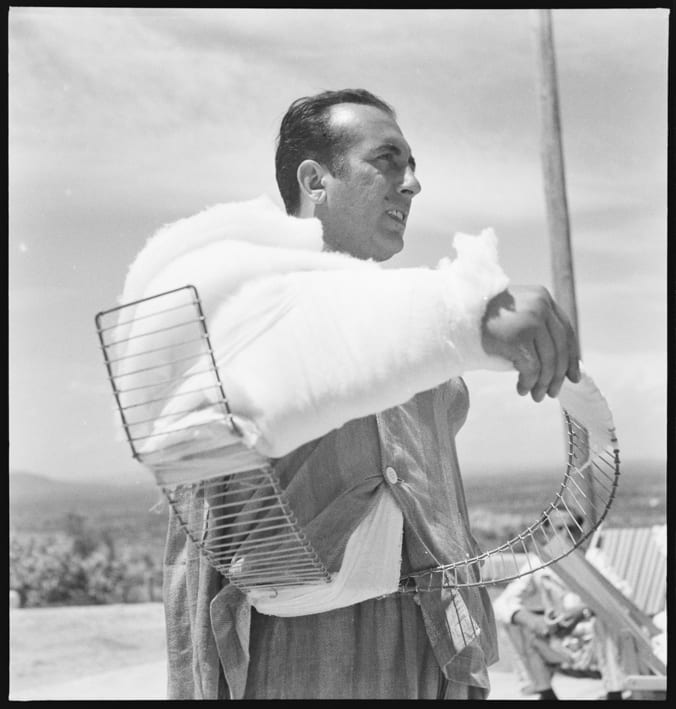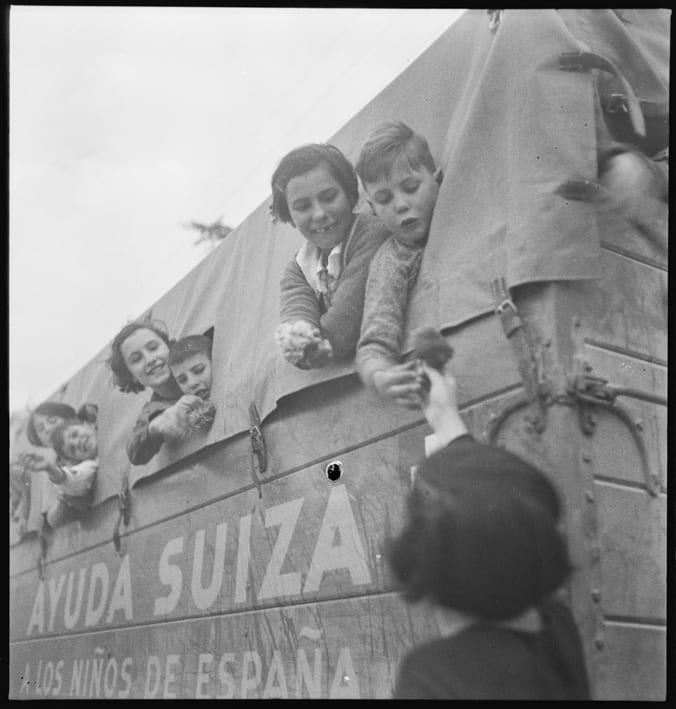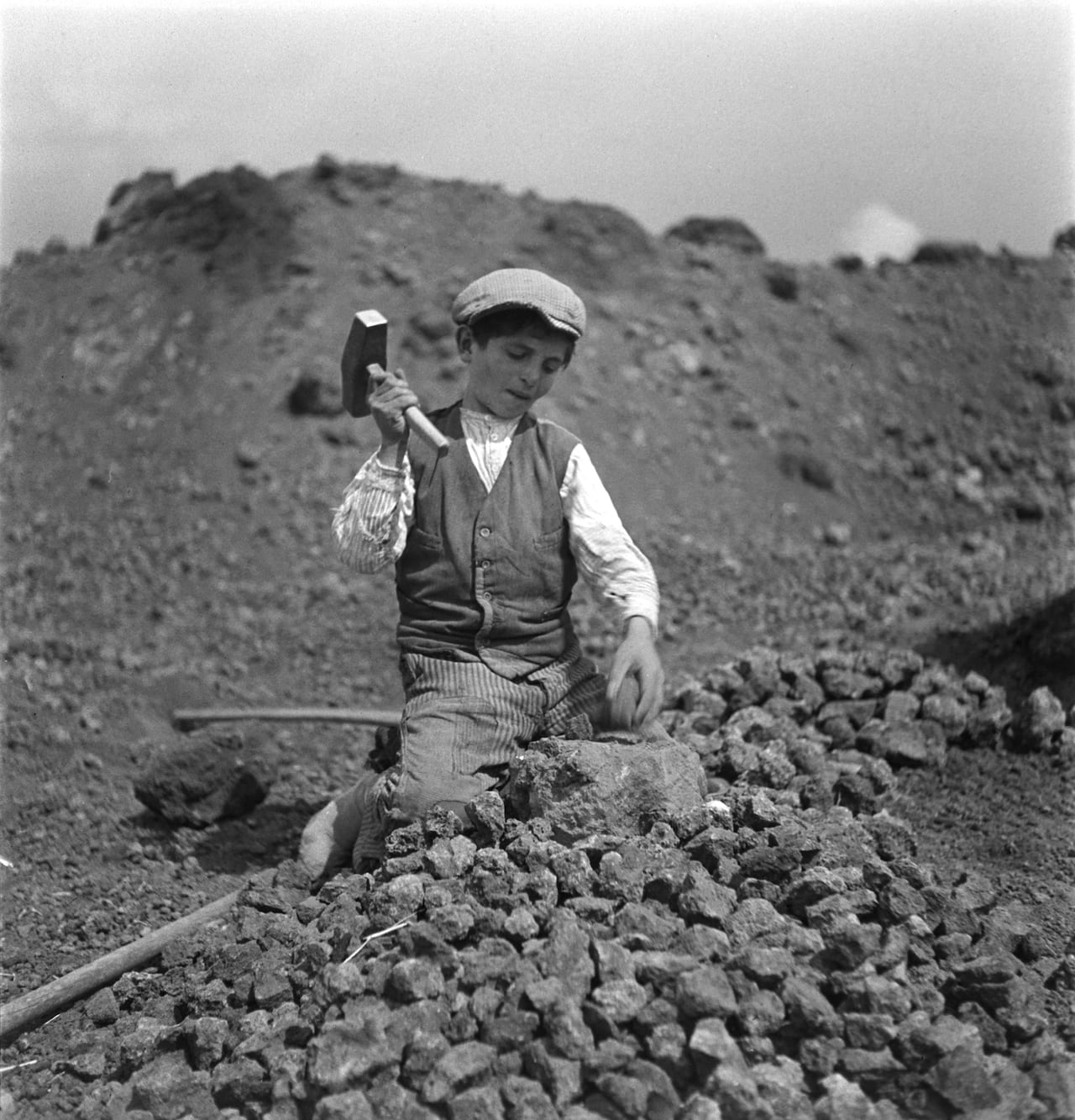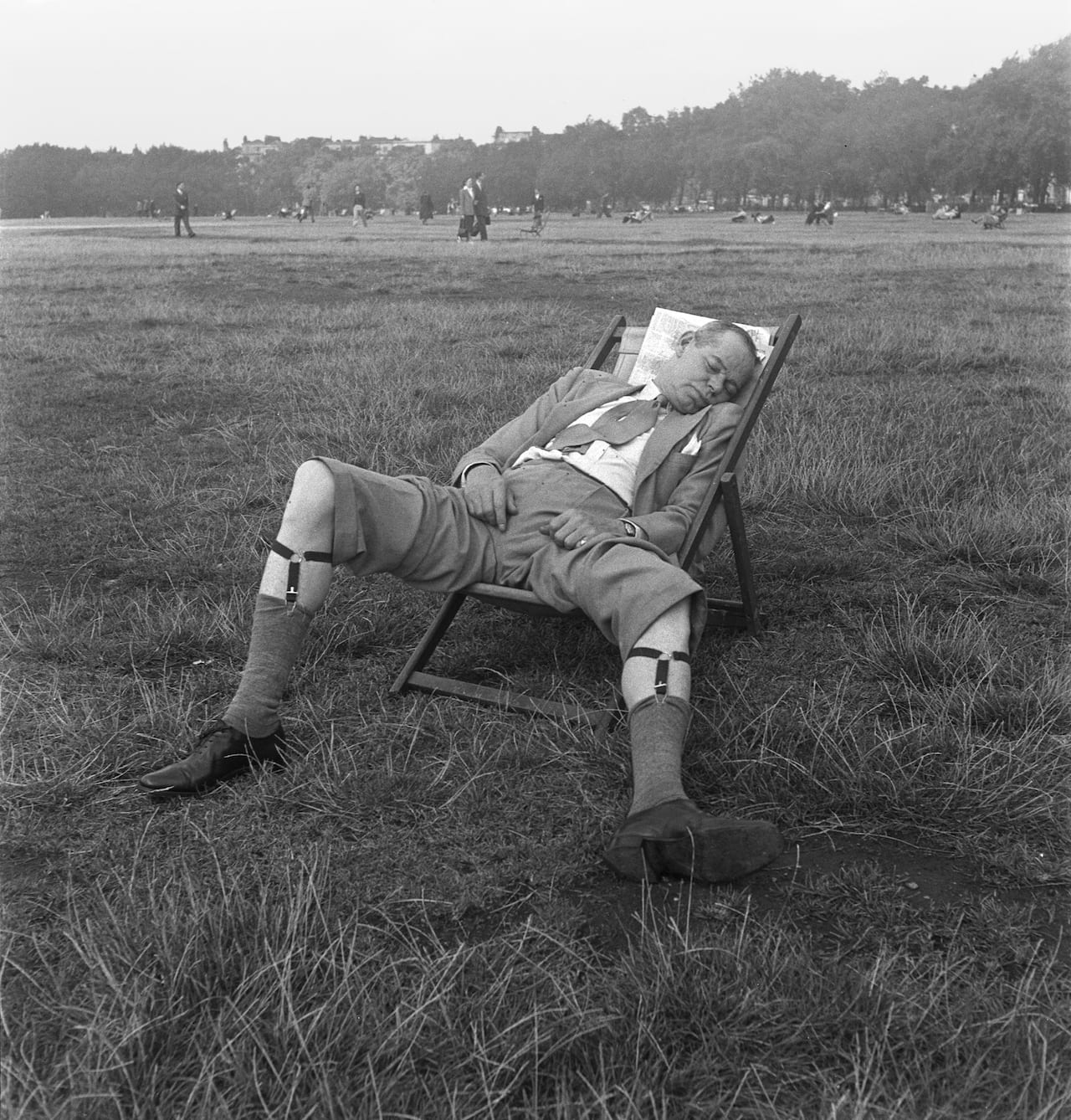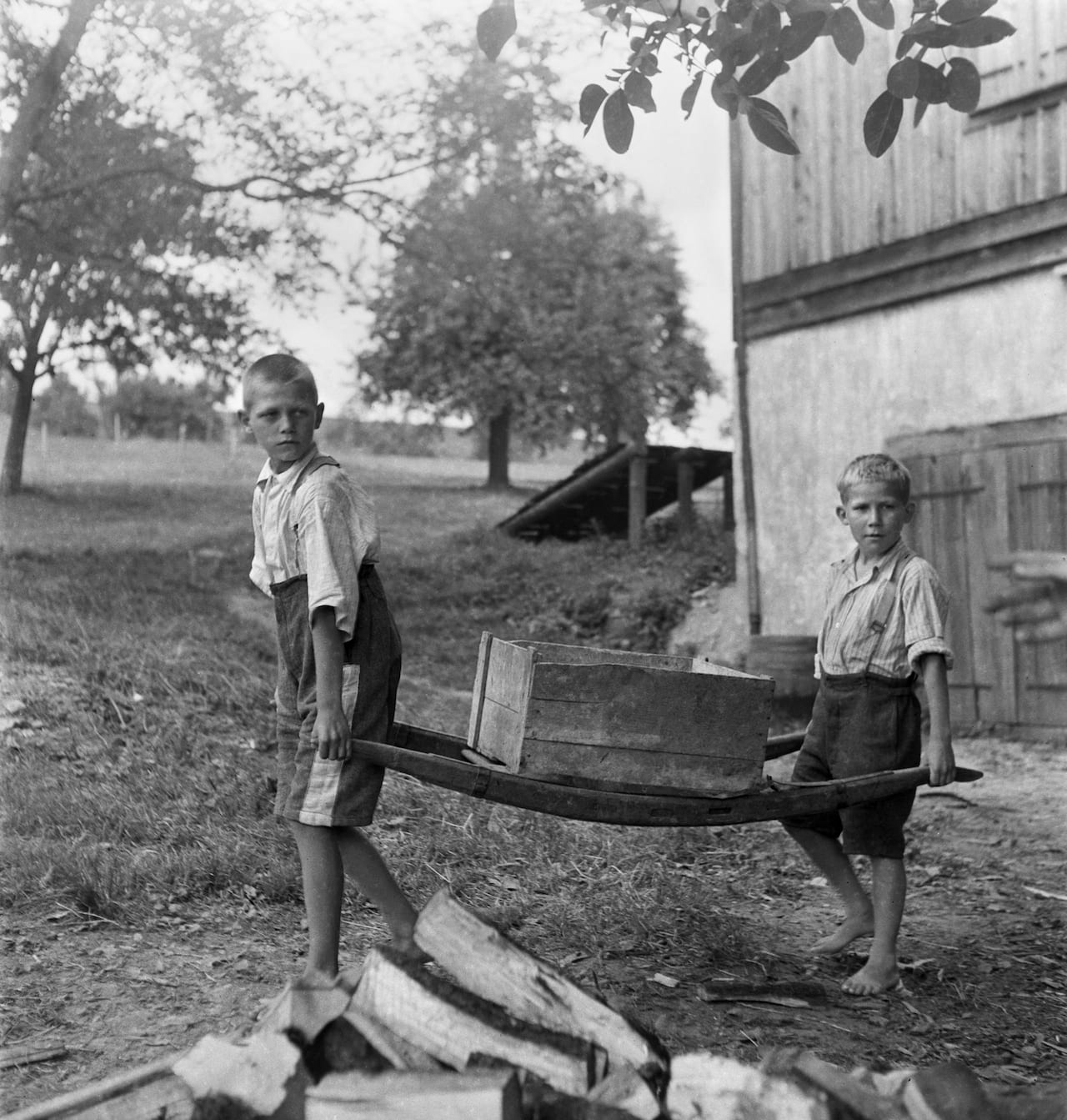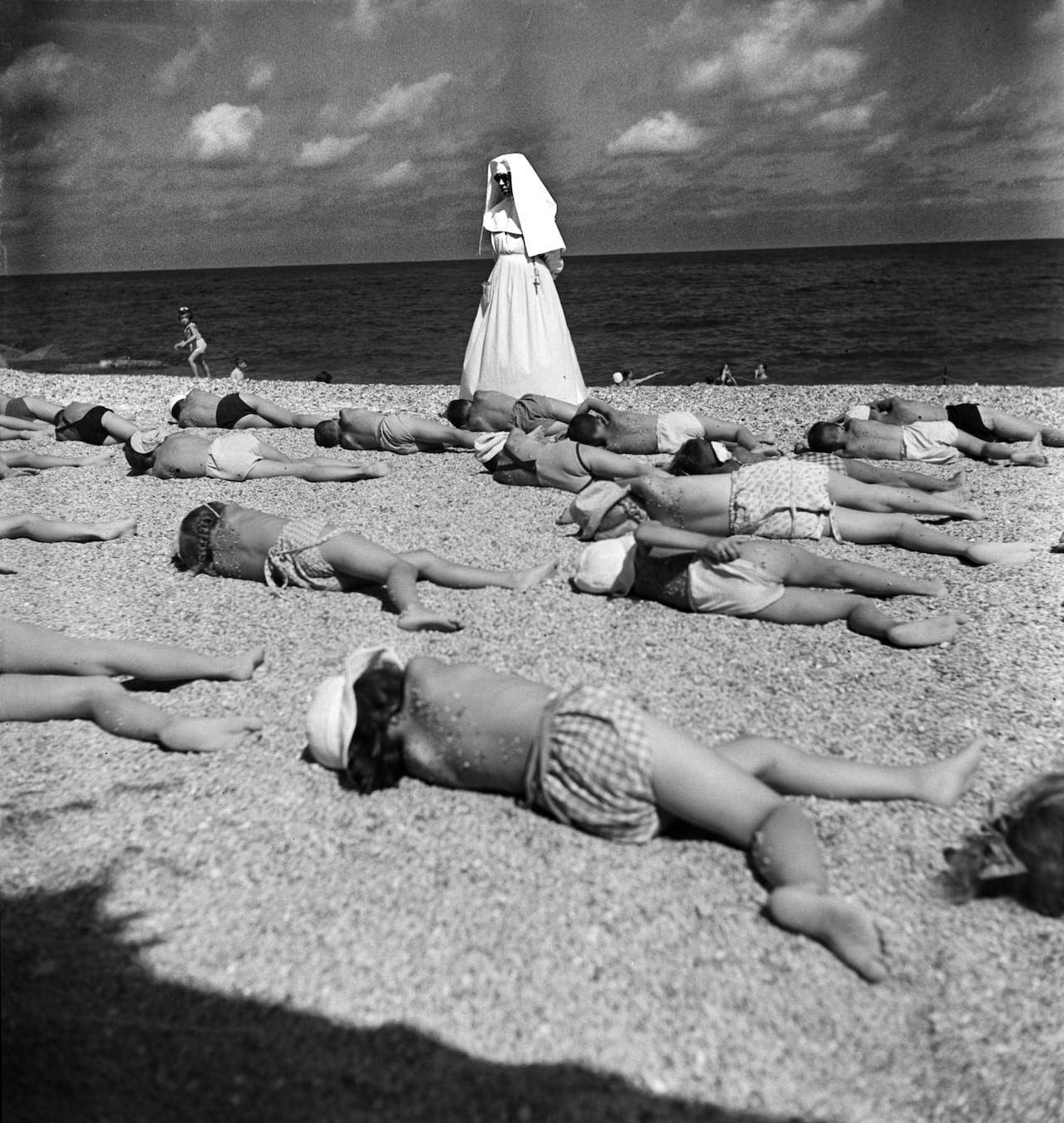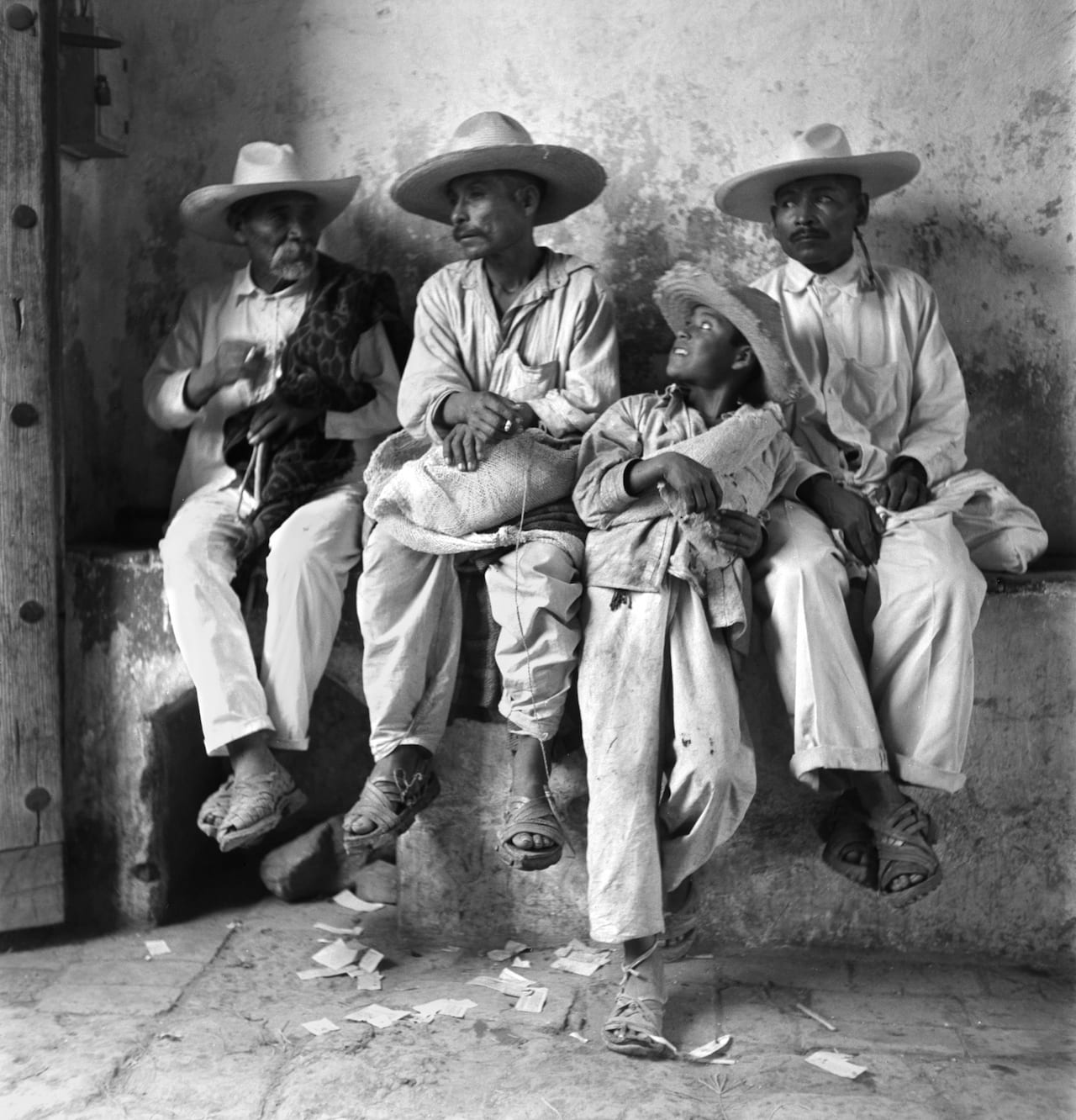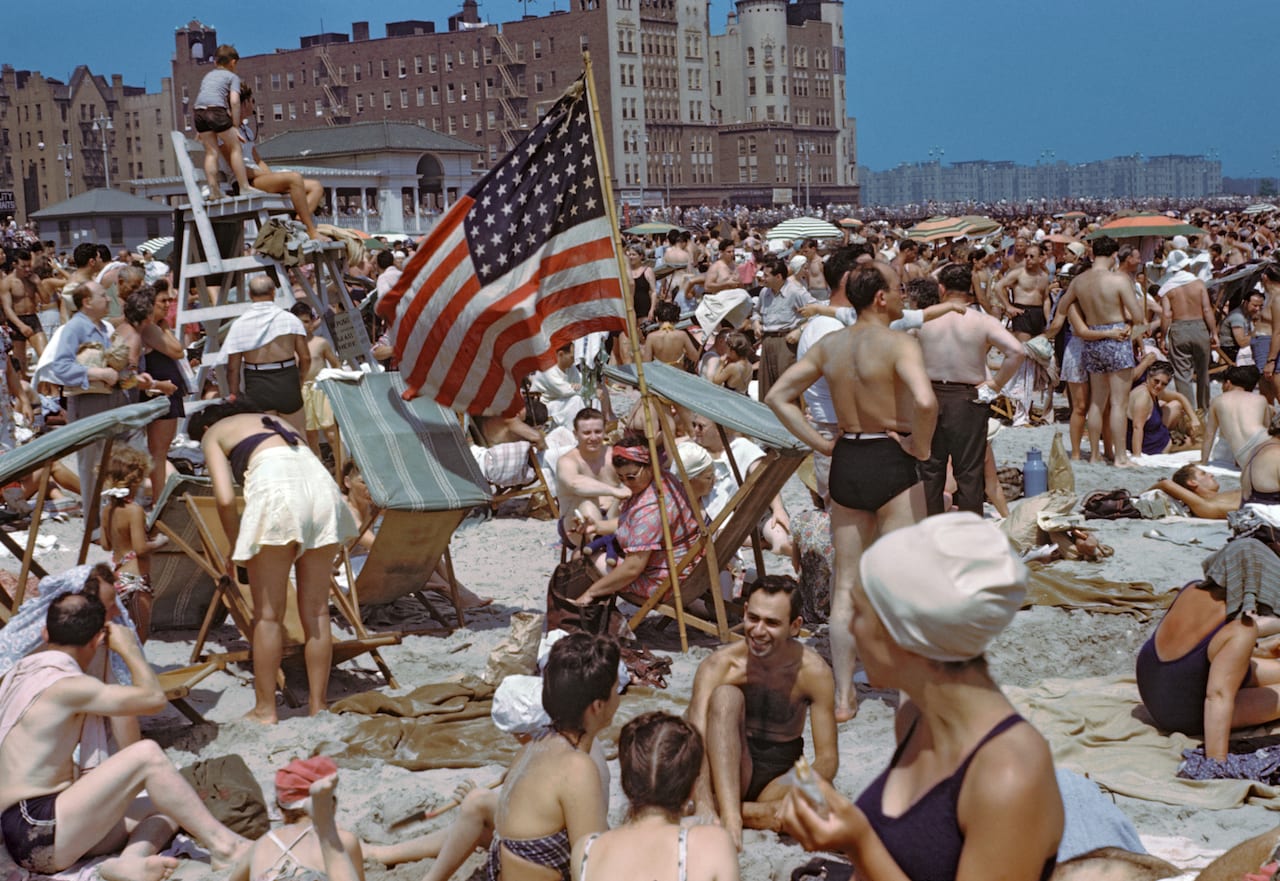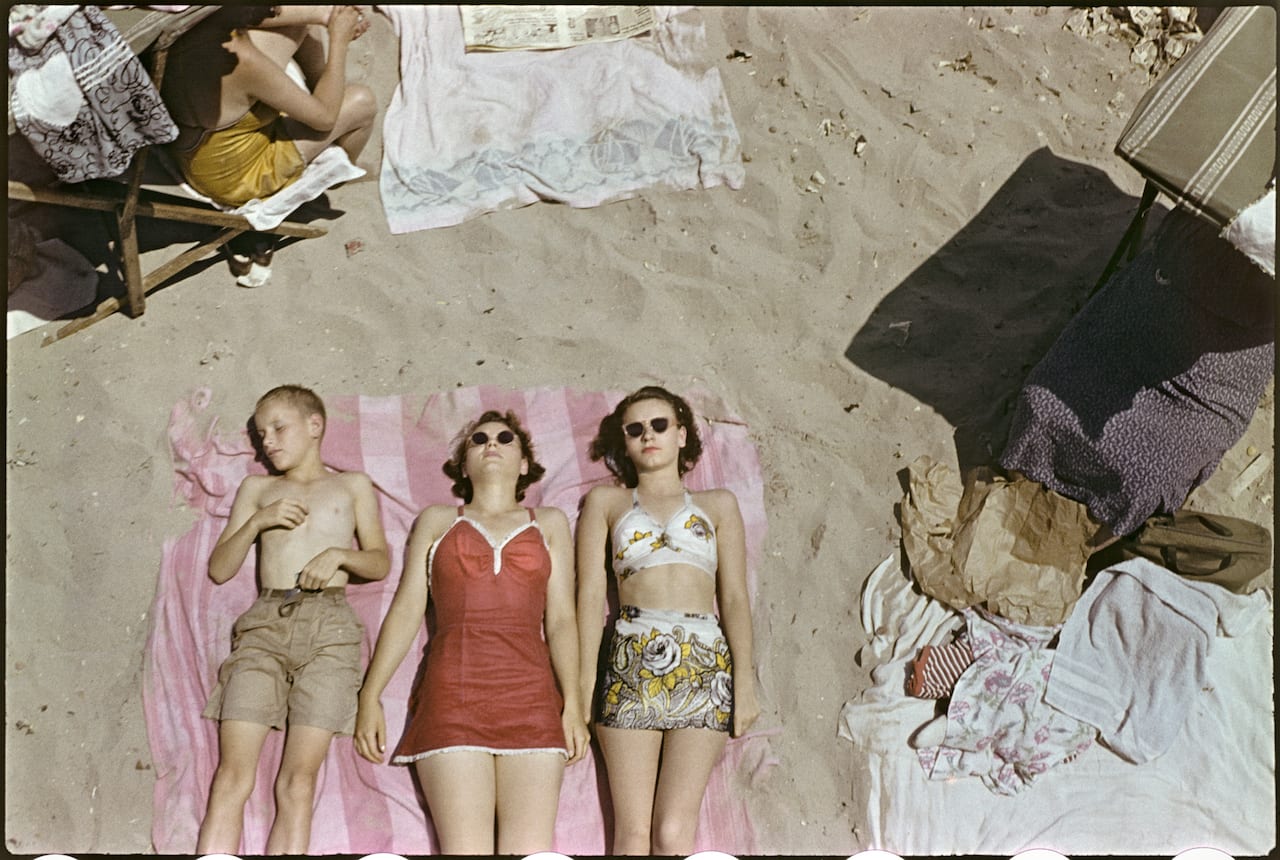In 1939, Spanish refugees started to flee the country’s bitter civil war, in a movement that’s become known as the Retirada [the ‘withdrawal’]. More than 450,000 men, women, and children crossed the border into France in February 1939 alone, following the fall of the Second Spanish Republic and the victory of General Franco. France, anticipating the mass migration, had started to make provisions for the refugees but underestimated the sheer numbers. Many ended up on the beaches in makeshift accommodation, and by 1940 some 50,000 had ended up in a series of camps. Diseases such as dysentery were rife, and the mortality rate high.
One of the camps was Camp de Rivesaltes, also known as Camp Maréchal Joffre. Built in 1938, near Perpignan and just 40km from the Spanish border, it had originally been intended as a military base; following the Retirada, the French government decided to use it as an internment camp. By January 1941 it was housing more than 6500 refugees, though as by then World War Two had broken out, half the camp was Spanish – the other half Jews who had fled various counties and French gypsies. In just under two years the camp housed some 17,500 people, just over half from Spain, 40% Jewish, and 7% French gypsies.
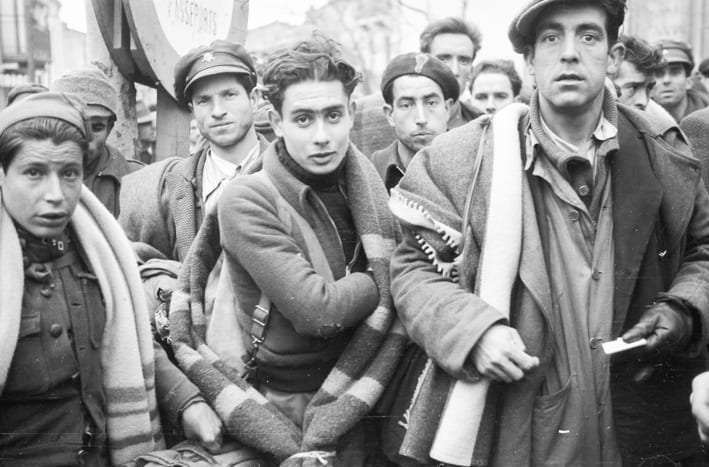
By 1942 Rivesaltes had descended into a transit camp, from which the Vichy government transferred 2313 Jewish men, women and children to the Drancy internment camp, and then on to Auschwitz where they were killed. After the war the camp’s inglorious history continued, used to house soldiers and families from Algeria and other former French colonies, and then as a detention centre for illegal immigrants.
But in October 2015 the camp started a new life as the Mémorial du Camp de Rivesaltes, housing a permanent exhibition on forced migration and internment camps in France and beyond, plus a programme of temporary shows. This year it’s marking the 80th anniversary of the Retirada with a series of events, including an exhibition of work by Paul Senn – a Swiss photojournalist who photographed the Spanish civil war, the Retirada, and the internment of the refugees in France, particularly in the Rivesaltes camp. Some 150 of his images will be on show, including images published at the time in Swiss newspapers, and distributed around the world by Agent Press (AP) Agency.
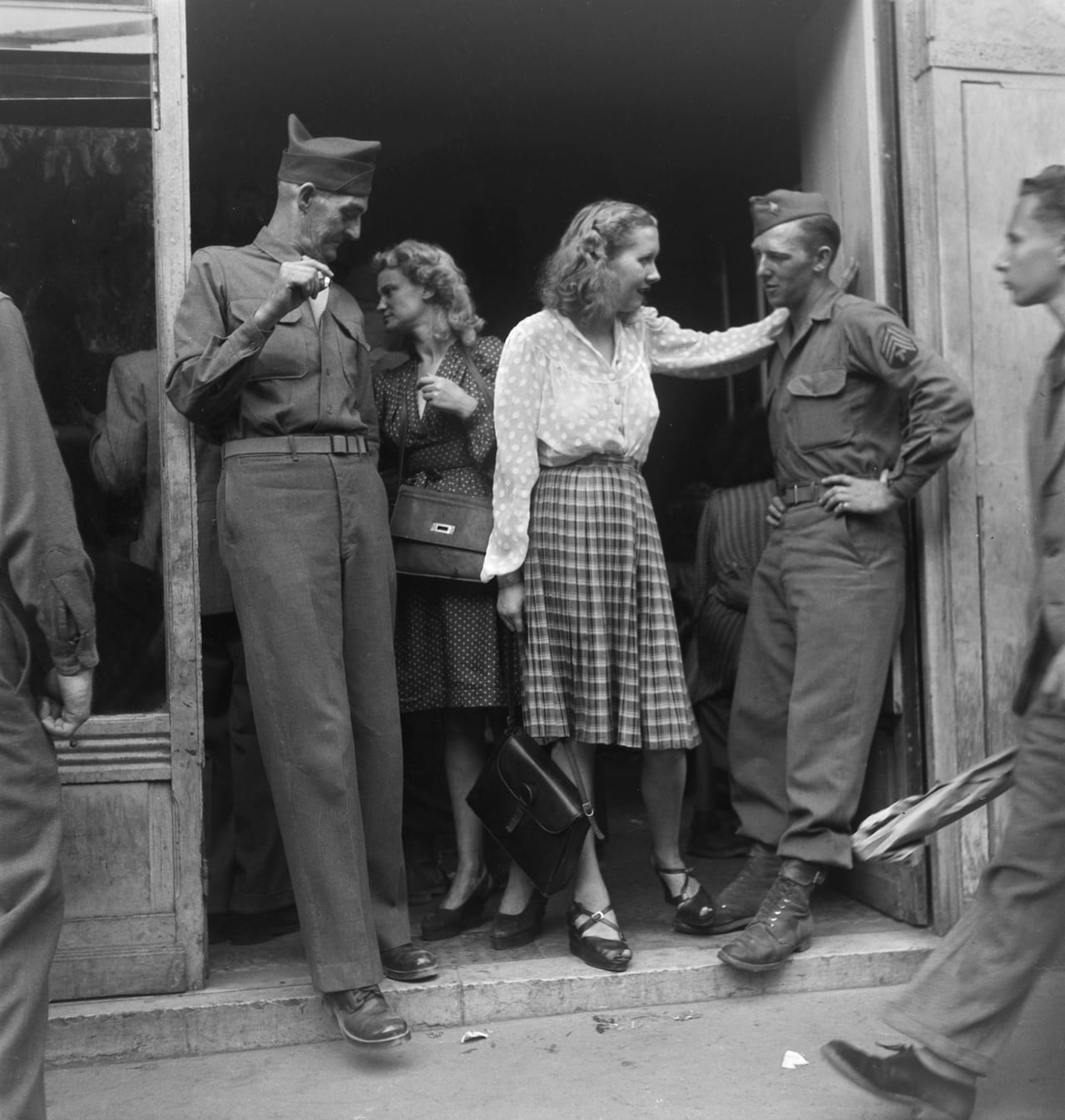
Born in 1901, Senn had a long and distinguished career as a photographer, starting in 1930 and including an early report in November 1932, which saw an anti-facist demonstration in Geneva descend into a bloodbath in which 13 protestors were killed and 65 were wounded. He visited Spain several times in the 1930s, and worked as a military photographer for the Swiss Army during World War Two; afterwards he travelled Europe for the Red Cross and the Swiss Don, photographing the victims of war and the post-war reconstruction.
Senn first visited the US in 1939, and he returned after World War Two and also visited Mexico; in 1951 he helped found the Kollegium der Schweizerischen Fotografen [“College of Swiss Photographers”] along with photographers such as Werner Bischof and Jakob Tuggener. He died of cancer on 25 April 1953 in Bern. Alongside the exhibition of Senn’s work at the Mémorial du Camp de Rivesaltes, the Centre international du Photojournalisme Perpignan has organised an exhibition of a wider selection of Senn’s work, on show at the Couvent des Minimes in Perpignan until 28 April.
https://paulsenn.ch Paul Senn – Un photographe suisse dans la guerre d’Espagne [Paul Senn – A Swiss photographer in the Spanish war] is on show until 30 September at the Camp de Rivesaltes Memorial, Avenue Christian Bourquin, 66 600 Salses-le-Château www.memorialcamprivesaltes.eu Paul Senn 1901 – 1953 Photojournaliste Suisse [Paul Senn 1901-1953 Swiss Photojournalist] is on show until 28 April at the Couvent des Minimes, 24 rue François Rabelais, Perpignan https://photo-journalisme.org/en/international-center-for-photojournalism-home/
